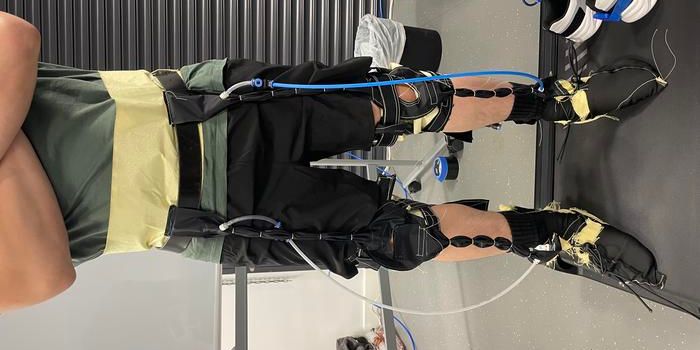New, Lost-cost Tool for Newborn Hearing Screening
Newborn hearing screenings are important health tests. They help detect any potential hearing problems and allow children to receive timely intervention to help treat or mange hearing challenges. However, much of this equipment is expensive to produce and use, and, perhaps as a result, is not equipment that is widely available around the world, meaning many children do not have access to this important health screening tool.
What makes the technology for hearing screening so expensive as to do with its ability to function without interference. However, this is challenging because even an infant moving its head (which is bound to happen) can produce interference. Most technology for hearing screening works by creating a sound and studying the vibrations of the special hairs in the hearing canal, which is how we uptake and interpret sound. To activate these hairs, technology usually produces two different tones that must be produced without interference to generate a meaningful result. To avoid interference, specialized technology is needed, making it more expensive.
A team of researchers at the University of Washington have developed a far less expensive, though no less effective, version of hearing screening technology by turning to simple earbuds. Their work is described in a recent article published in Nature Biomedical Engineering.
Specifically, researchers use inexpensive headphones that create the two tones needed to produce a result. These headphones are connected to a microphone and an algorithm via a smart phone app to detect the vital third tone produced by the ear hairs and, with the help of the algorithm that can recognize the important signals and weed out unnecessary signals, reduce interference.
Because the app doesn’t require the latest version of a smartphone to operate, and because the ear buds are very inexpensive, researchers hope their new approach to hearing screening could expand access to this vital screening around the world. Fortunately, this new approach does not reduce the quality of the screening test, either.
Sources: Medgadget; Nature Biomedical Engineering








